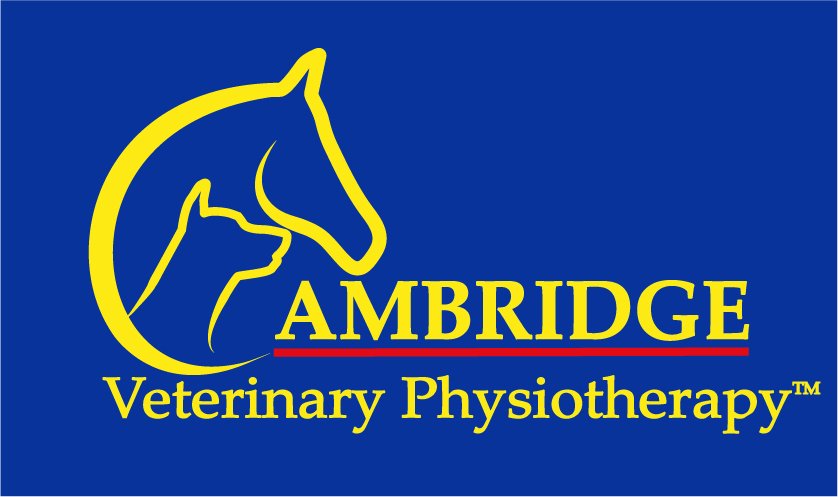Meet Loki, a Norwegian Buhund. A medium sized dog, they make great family pets and are intelligent. This breed is now considered to be endangered so his owner is following a breeding programme to try to conserve the gene pool. According to Lisa, only seven Buhund puppies were born in the UK and 40 born in Norway last year. A breed of <300 puppy registrations is considered vulnerable so this project is vitally important to protect the breed for future generations.
Lisa is very keen to keep her dogs in top condition, especially so they present well at breed shows. Lisa explained that Loki had been struggling and was much quieter than usual. He had been prescribed pain medication but it did not seem to make any difference.
Loki was referred to Cambridge Veterinary Physiotherapy by a local vet for a forelimb lameness, believed to be elbow related. Loki initially presented with a right forelimb lameness, evident by a very obvious head nod when he tried to put weight on the leg. What was also very apparent was a pelvic limb stiffness and weakness, which was adding to the overloading of the forelimbs. Poor Loki was really struggling with reduced mobility and was clearly not very happy.
On assessment, there was compensatory tension in some muscles with corresponding soreness. This reduced flexibility, so he appeared stiff when he moved. Joint testing revealed no real issues with elbow range of motion. However, Loki clearly indicated a moderate soreness response when the right shoulder was tested.
Physiotherapy care consisted of Low level laser therapy to reduce soreness and improve muscle tone. This was followed by a massage and gentle passive range of motion exercises to improve flexibility and reduce compensation issues. The main aims were to reduce soreness and improve pelvic limb function to alleviate overloading of the fore limbs.
The following was prescribed between physiotherapy sessions:
Rest with slow, Controlled lead walking
Massage
Bicycling in the comfortable zone
A course of physiotherapy was advised as follow-up sessions were vitally important to manage the rehabilitation. A discussion with the vet regarding findings and possible pain medication options was also recommended.
Another important factor was the smell of his breath. Loki was referred back to the vet and sure enough a tooth had to be extracted.
When Loki returned to the clinic for the follow-up appointment, he was a completely different dog! His gait had significantly improved, along with his demeanour. The right forelimb lameness had significantly improved, however this took a few more sessions before the lameness had resolved completely.
His owner was over-joyed with the results as she thought that his future was in the balance. A few months on and he has continued to progress and has returned to normal exercise - involving a good play in the park with his chums!
Follow the tags for updates on his progress.
If you have any questions or would like to book, please get in contact with us or head to https://www.facebook.com/cambridgevetphysio

